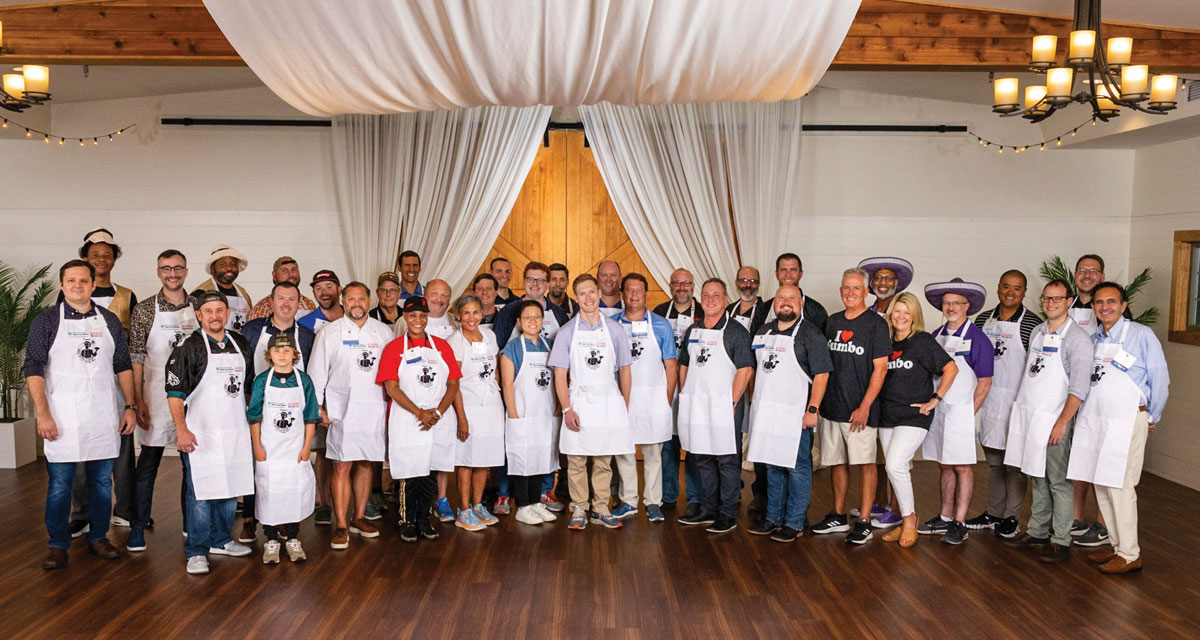Laura Ingalls Wilder was born on February 7th, 1867, and she died on February 10, 1957. Her claim to fame were her books, “The Little House on the Prairie” series. The popularity of her books was amplified by the television series of the same name, which ran for nine years (1974 – 1983). While “The Little House on the Prairie” books are considered children’s books, the author (and main character) was a strong, determined, fearless woman. As her life began and ended in February, it seemed an opportune time to step away from the complexities of our fast-paced modern lives and take a look at the lessons we can learn from a simple girl who lived on The Little House on the Prairie.
Little House in the Big Woods (1932)
Laura’s earliest memories, when she was only four years old, include the details of the life of a farmer. Working from sunup to sundown was a family-affair, and even as a toddler, she had her share of responsibilities.
The Lesson: We have to teach our children early on how to help around the house. We may have the convenience of the local grocery store for our food, but that doesn’t mean that a younger child can’t help prepare the meal the family will enjoy.
Farmer Boy (1933)
Farmer Boy is the story of Laura’s future husband, Almanzo. As the youngest child, Almanzo experiences growing pains of having to wait for what he wants most: a horse of his very own. Throughout the book, we are given a glimpse into the life of a nine-year-old boy from upstate New York, as he grows with each new challenge.
The Lesson: Patience. When we get what we want right away, often, we’re disappointed or quickly lose interest. When we wait, we value the object of our desire even more, and we’re more willing to invest in it and demonstrate more care than we would have if we obtain it easily.
Little House on the Prairie (1935)
When Pa decided to move the family from Wisconsin to Kansas, life took on a whole new set of challenges. Included in the story are details about building a house from the ground up to learning about people who are different (Native Americans the Ingalls family encountered).
The Lesson: Don’t be afraid to try something new, or be open to those who are different than you are.
On the Banks of Plum Creek (1937)
The Ingalls family is on the move again, this time to Minnesota. Laura was between the ages of seven and nine during this book, and it was the first time she attended school. The family faced various hardships, including locusts and fear for Pa when he was lost in a blizzard for four days.
The Lesson: So much of this book is wrapped up in hope. Despite their hardships, the family stuck together, knowing they were stronger with each other than they were alone.
By the Shores of Silver Lake (1939)
The Ingalls family moves to South Dakota, in the hopes of a new start after several difficult years, including the disease that caused Mary’s blindness (it is written that it was caused by scarlet fever, though that is debated among modern medical professionals). Through this book, we begin to see Laura transition from a child to a young adult.
The Lesson: There’s always an opportunity for a new start. Challenges and obstacles are a part of life, but that doesn’t mean we can’t make changes.
The Long Winter (1940)
The winter of 1880 brought blizzard after blizzard to the South Dakota territory, eventually interrupting, then halting, train service which brought goods and food to the area. Almanzo and a friend make an appearance, bringing wheat to the desolate town, despite the winter storms.
The Lesson: Think beyond yourself and your own well-being. This true story demonstrates the impact a selfless act can have on others – even an entire town.
Little Town on the Prairie (1941)
The Ingalls family have all worked together to not only create a home but also to give Mary the opportunity to go to college. In addition to helping fund her older sister’s education, Laura earns her first teaching certificate, and Almanzo begins making regular appearances.
The Lesson: Family takes care of family. Period. Laura could have hoarded her hard-earned money for herself, but she gave it away so her sister could have what she needed.
These Happy Golden Years (1943)
At only 15-years-old, Laura is invited to teach her first school, and finds herself in a miserable position, with a hateful woman with whom she must board throughout the school term. Almanzo comes to her rescue and week after week, drives 24 miles roundtrip to take her home on the weekends. After her assignment is finished, Almanzo begins to pursue the relationship in earnest, despite Laura’s initial misgivings about him.
The Lesson: Finish what you start, even under difficult circumstances. And don’t be fooled by first impressions.





















